Bell Violation in Primordial Cosmology
Abstract
:1. Introduction
2. Bell’s Inequality and its Violation in Quantum Mechanics
3. Cosmological Bell Violating Setup
- Choose a toy model of universe that will make the job easy.
- Here we are not claiming that this is the unique model of universe using which one can design the setup.
- Since we do not have any direct observational evidence, we also cannot claim that this toy model is our known universe. However, it may be that in the future this will be tested.
- In this toy model of the universe, we test the validity of Bell’s inequality with primordial fluctuations.
- In this computation, massive particles with spin “s” ( 0, 2, and >2 allowed) and additionally “isospin” quantum number plays important role.
- We provide an example for Stringy axion which has “isospin”.
- Time dependent mass profile with dependence on “isospin” makes the job easy. Axions have such profile.
- Such time dependence in mass profile of the massive particles (ex. axion) produces classical perturbations on the inflaton. As a result, hot spots produced in CMB by curvature fluctuations and all such massive particles are visible today.
4. Role of Massive New Particles
5. Important Note and Results in Cosmological Perturbation Theory
6. Analogy with Axion Fluctuations from String Theory
7. Role of Isospin Breaking Interaction and Detection
8. Role of Spin for New Particles
9. Conclusions
- We provide a toy model for Bell’s inequality violation in cosmology.
- The model consists of inflaton and additional massive field with time-dependent behaviour.
- For each model, massive particle creation in “isospin” singlet state plays a crucial role.
- The prescribed methodology is consistent with axion fluctuations appearing in the context of String Theory.
- The signature of the Bell violation is visualized from non-zero one-point function of curvature fluctuation. Additionally, we provide the result of a two-point function which has direct observational consequence.
- Finally, we also provide the mass bound on the new particle in terms of the arbitrary spin .
Acknowledgments
Author Contributions
Conflicts of Interest
References
- Bell, J.S. On the Einstein-Podolsky-Rosen paradox. Physics 1964, 1, 195–200. [Google Scholar]
- Maldacena, J. A model with cosmological Bell inequalities. Fortschr. Phys. 2016, 64, 10–23. [Google Scholar] [CrossRef]
- Choudhury, S.; Panda, S.; Singh, R. Bell violation in the Sky. Eur. Phys. J. C 2016, 77, 60. [Google Scholar] [CrossRef]
- Maldacena, J. Talk. Available online: https://sites.google.com/site/andyfest2015/program (accessed on 9 November 2016).
- Reid, M.D.; Walls, D.F. Violations of classical inequalities in quantum optics. Phys. Rev. A 1986, 34, 1260. [Google Scholar] [CrossRef]
- Holman, R.; Mersini-Houghton, L.; Takahashi, T. Cosmological avatars of the landscape. II. CMB and LSS signatures. Phys. Rev. D 2008, 77, 063511. [Google Scholar] [CrossRef]
- Kanno, S. Cosmological implications of quantum entanglement in the multiverse. Phys. Lett. B 2015, 751, 316–320. [Google Scholar] [CrossRef]
- Robles-Pérez, S.; González-Díaz, P.F. Quantum entanglement in the multiverse. J. Exp. Theor. Phys. 2014, 118, 34–53. [Google Scholar] [CrossRef]
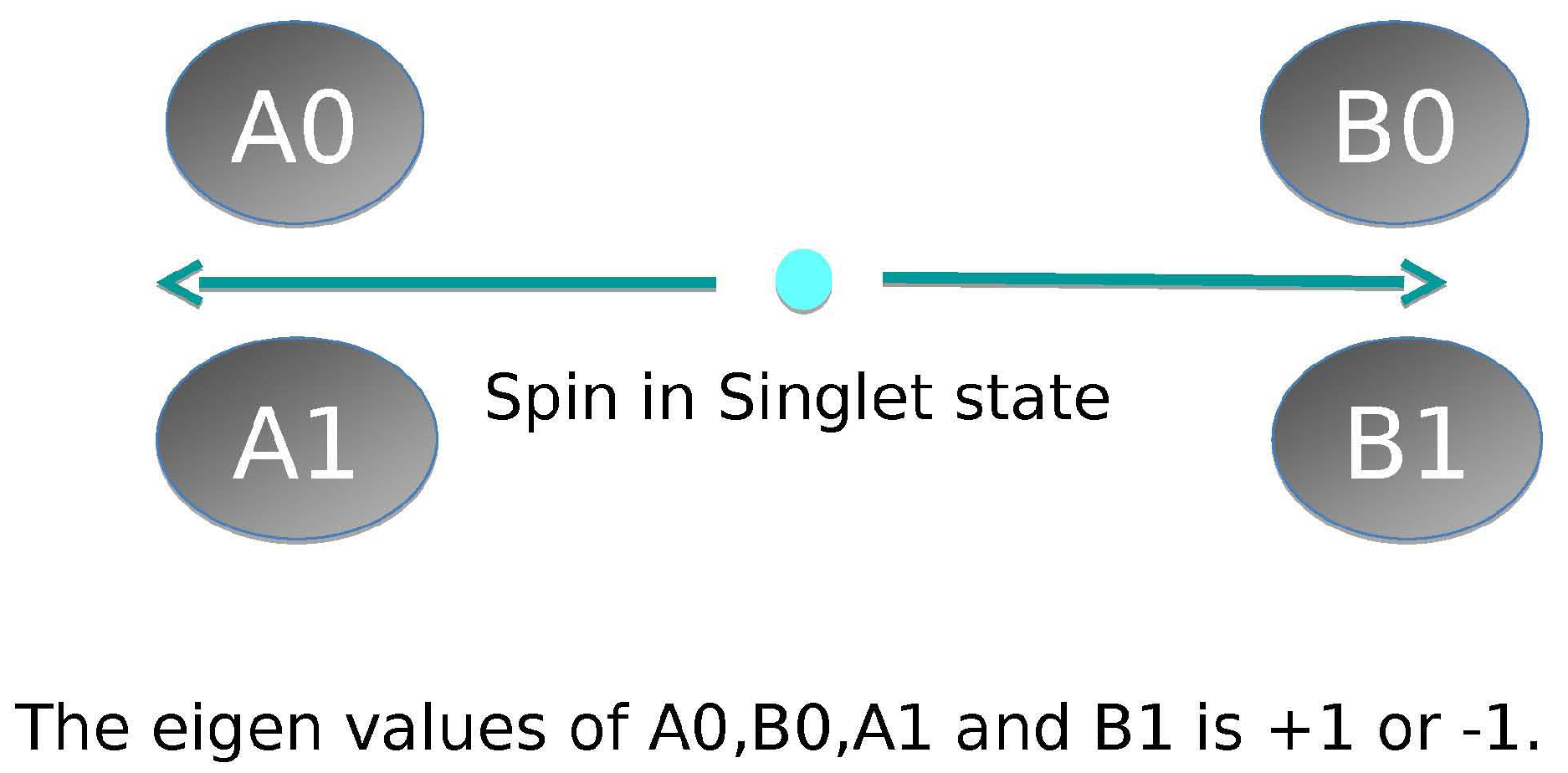
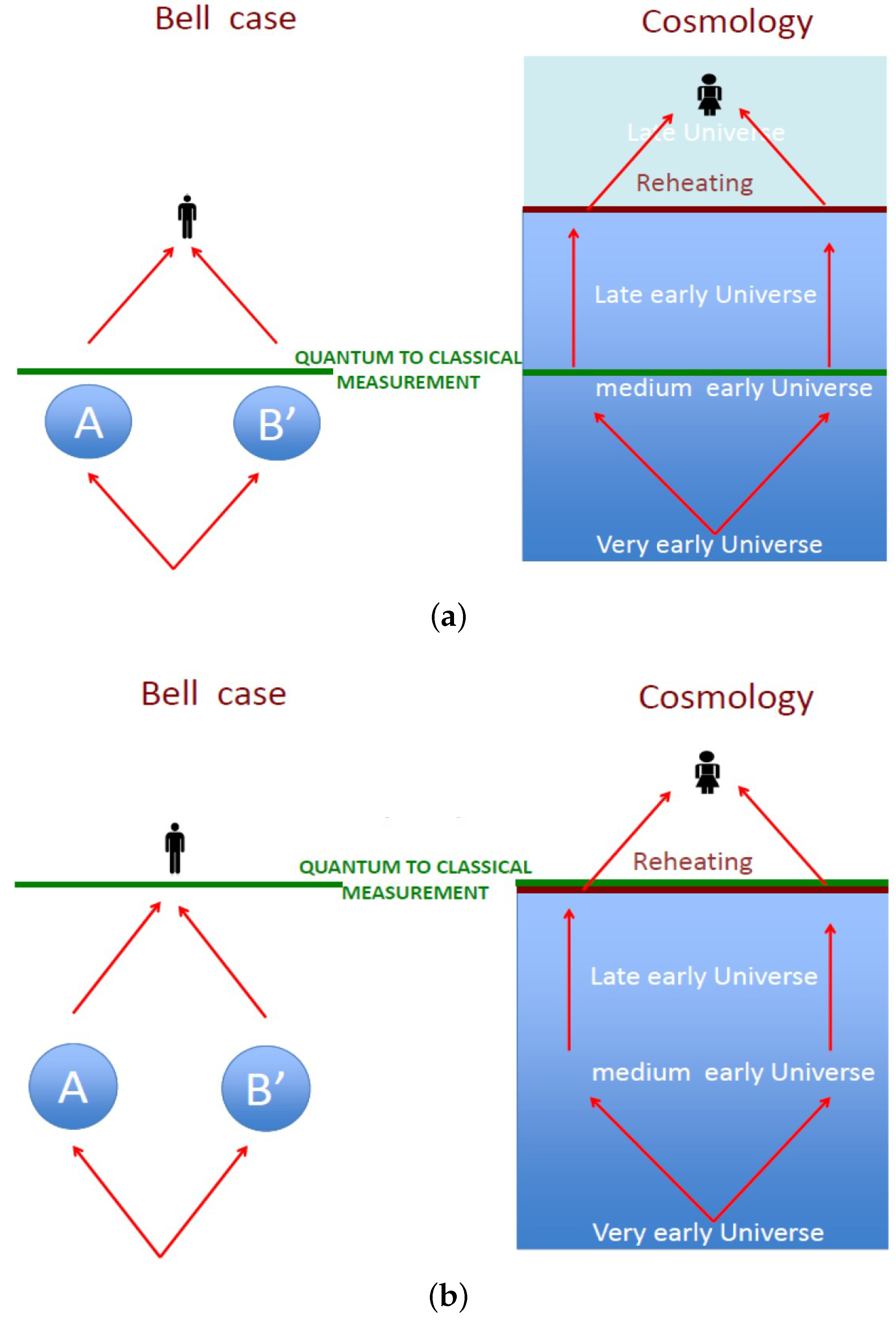
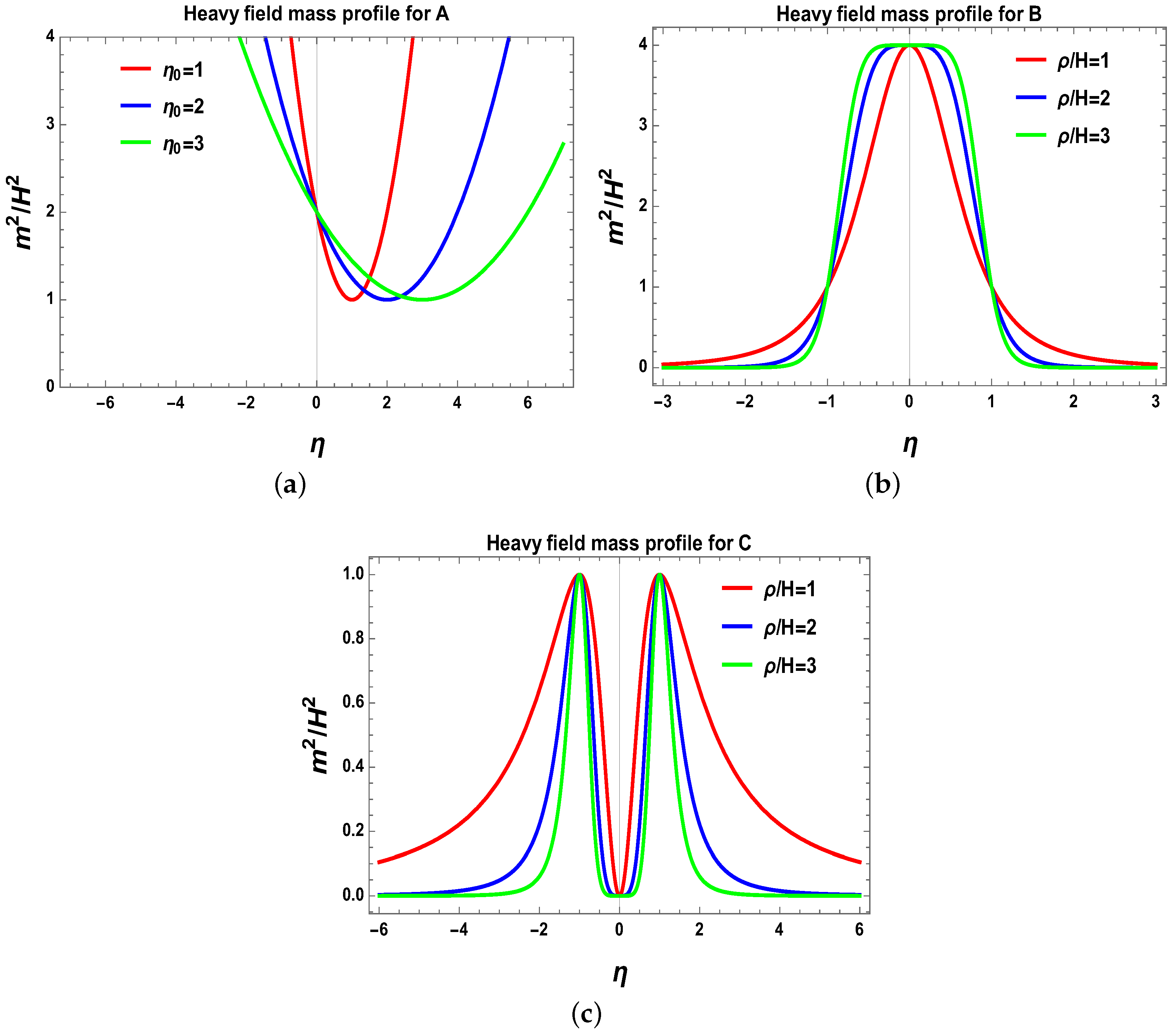


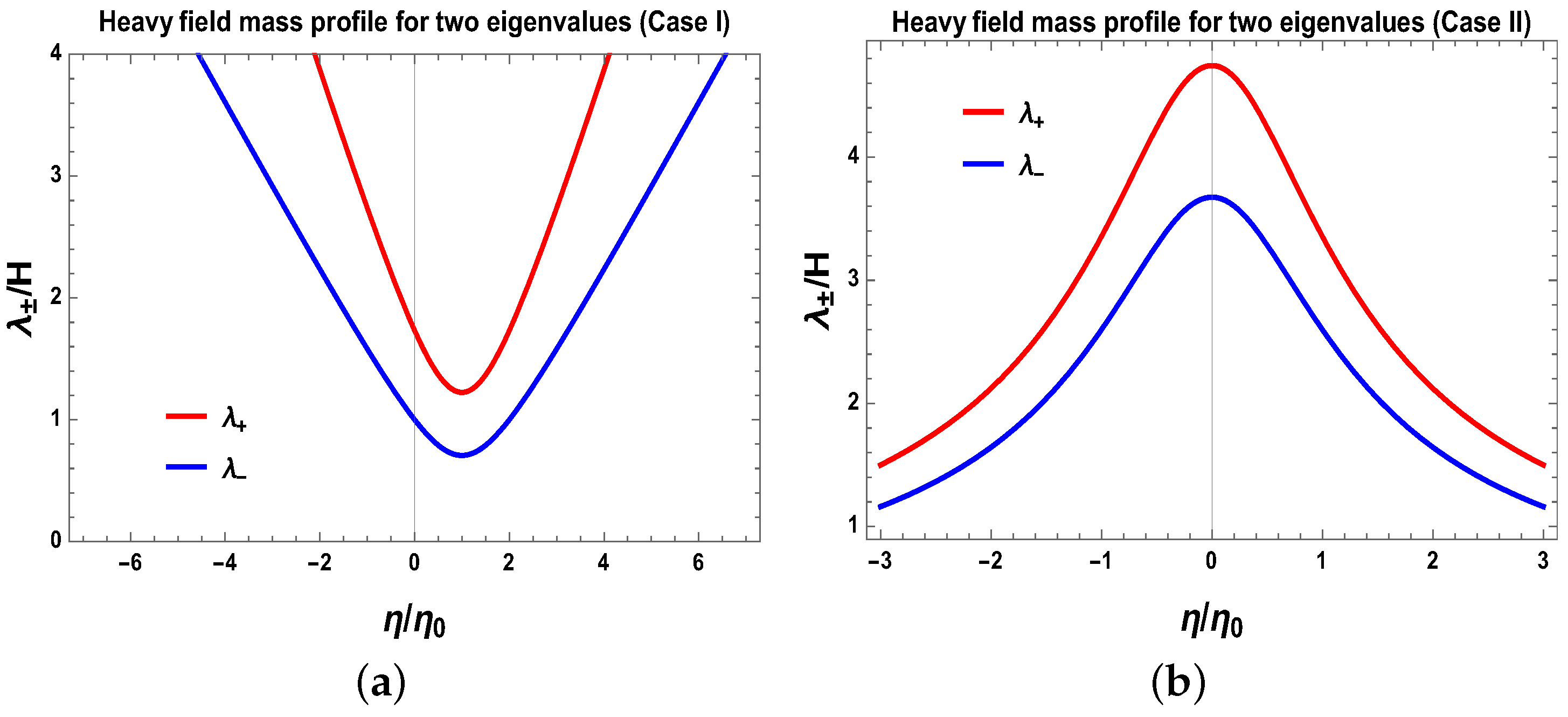
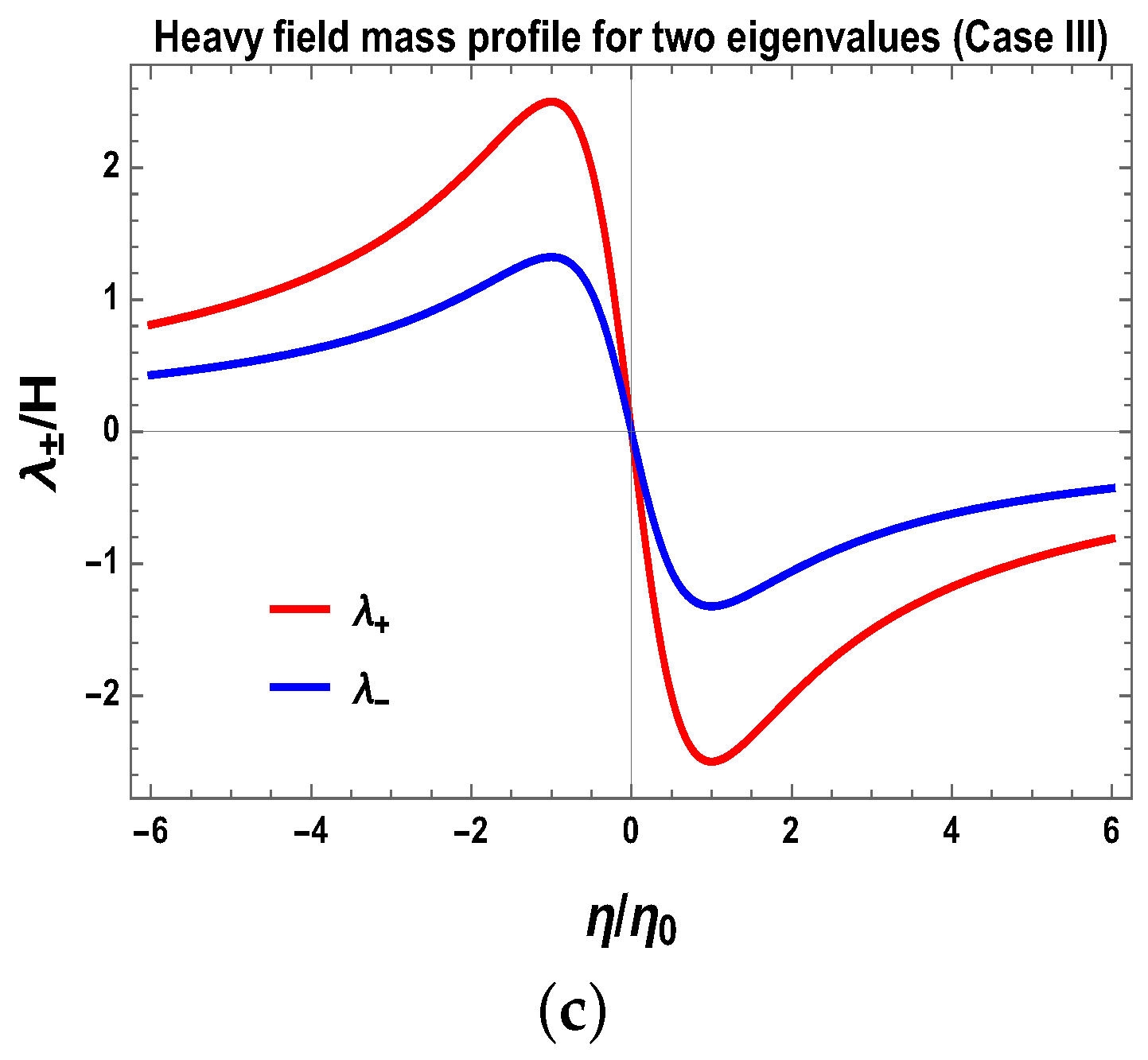
| Characteristics | New Particle | Axion |
|---|---|---|
| Action | ||
| Mass parameter | ||
| Rescaled mode | ||
| Scalar mode | ||
| Equation | where | where |
© 2017 by the authors. Licensee MDPI, Basel, Switzerland. This article is an open access article distributed under the terms and conditions of the Creative Commons Attribution (CC BY) license ( http://creativecommons.org/licenses/by/4.0/).
Share and Cite
Choudhury, S.; Panda, S.; Singh, R. Bell Violation in Primordial Cosmology. Universe 2017, 3, 13. https://doi.org/10.3390/universe3010013
Choudhury S, Panda S, Singh R. Bell Violation in Primordial Cosmology. Universe. 2017; 3(1):13. https://doi.org/10.3390/universe3010013
Chicago/Turabian StyleChoudhury, Sayantan, Sudhakar Panda, and Rajeev Singh. 2017. "Bell Violation in Primordial Cosmology" Universe 3, no. 1: 13. https://doi.org/10.3390/universe3010013






